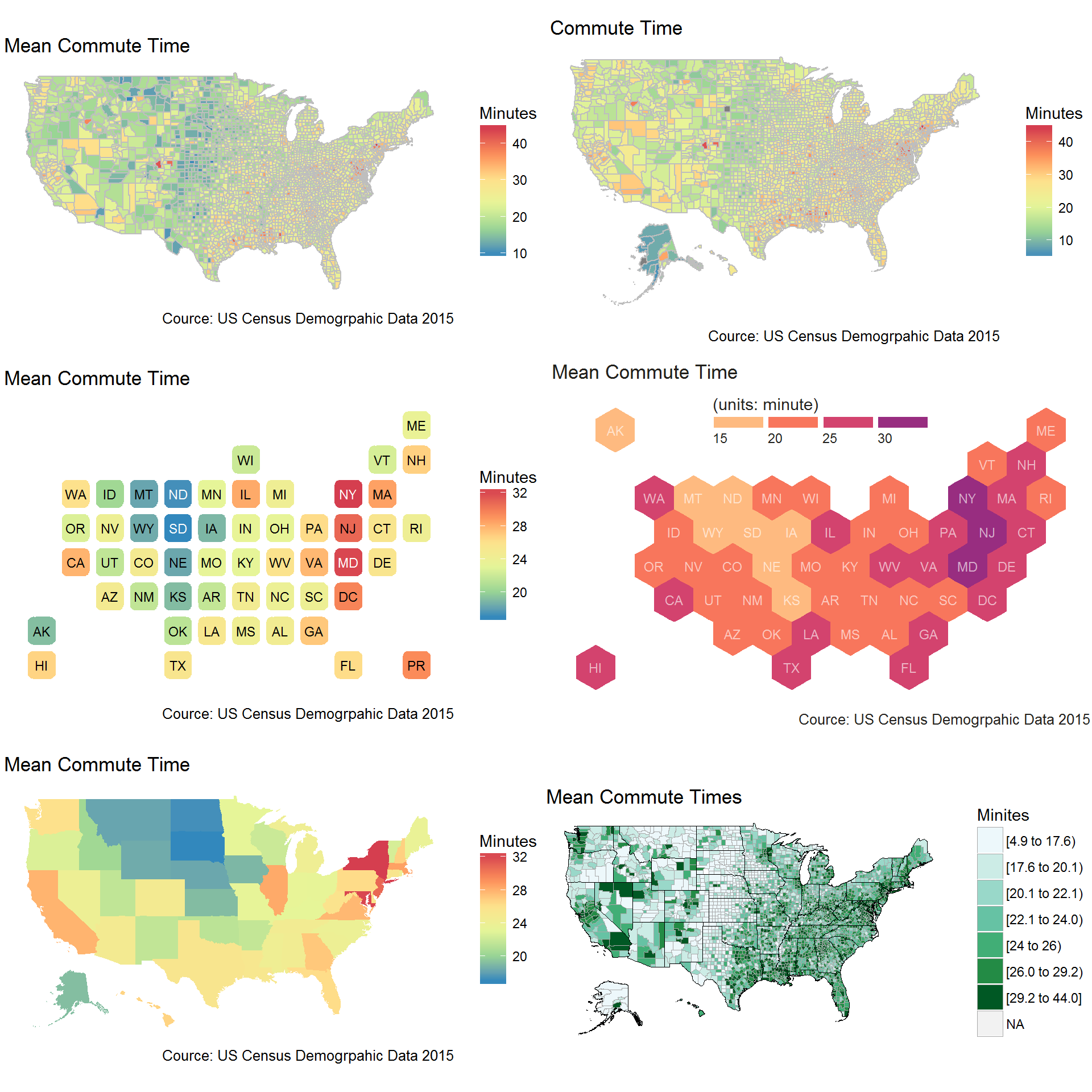Posts
Change R (Rscript) Windows Environment Path from OneDrive
pain in the butt
When OneDrive was installed in a computer, it’s painful using R and Rscirpt in command line.
Since the Documents has been hijacked by OneDrive, whenever you open the directory C:\User\YourName\Documents it automatically redirects to C:\Users\YourName\OneDrive - Spectrum Health\Documents. You don’t want to backup 2-GB R library fold to the OneDrive.
How to reach the real C:\User\YourName\Documents instead of C:\Users\YourName\OneDrive - Spectrum Health\Documents, you have to go C: drive, then User folder, then YourName folder, then Documents.
Add password to root MySQL on Mac (brew)
ERROR! The server quit without updating PID file- A: Try
brew services start mysql
Credit to StackOverflow.
Table 'mysql.role_edges' doesn't exist- A: Try
mysql_upgrade -u root
Credit to StackOverflow.
Access denied for user 'root'@'localhost' (using password: NO)- A: Try
mysql_secure_installationand follow instruction to setup new password.
Credit to StackOverflow.
Sparse Matrix and Dummy Variables
Why sparse matrix?
XGBoost only works with matrices that contain all numeric variables; consequently, we need to one-hot encode our data. (UC Business Analytics R Programming Guide)
caret::preProcess uses bagging regression trees for missing values recovery (Yevhen Vasylenko), which requires all numeric variables.
There are different ways to do this in R.
library(tidyverse)
dd <- data.frame(a = gl(3,4), b = gl(4,1,12), c = 1:12, d = sample(c("X", "Y", "Z"), 12, replace = TRUE))
str(dd)
## 'data.
Database with R: PostgreSQL
Load library
library(tidyverse)
library(RPostgres)
library(DBI)
Connect to PostgreSQL
Connect Method 1 with RPostgres
con1 <- DBI::dbConnect(RPostgres::Postgres(), dbname = "testdb1",
password = rstudioapi::askForPassword("Database password"))
dbListTables(con1)
#dbWriteTable(con1, "mtcars", mtcars)
#dbWriteTable(con1, "flights", nycflights13::flights)
rstudioapi::askForPassword requires the password input
In the command line (or block-run), there will be popout dialog to input password,
In the knit mode, render the RMarkdown file as follows:
rmarkdown::render("MyDocument.Rmd", params = "ask")
See Parameter User Interfaces
In the blogdown, server_site will halt at the above block.
Time Series Analysis II: zoo
zoo: S3 Infrastructure for Regular and Irregular Time Series (Z’s Ordered Observations)
An S3 class with methods for totally ordered indexed observations. It is particularly aimed at irregular time series of numeric vectors/matrices and factors. zoo’s key design goals are independence of a particular index/date/time class and consistency with ts and base R by providing methods to extend standard generics
Base Time-Series Objects stats::ts
Credit: Time Series Analysis in R Part 1: The Time Series Object by DataSciencePlus

US State and County Choropleth Map (Heatmap)
In this #TidyTuesday post, I try to show an example of putting together six common geographic visualization methods of heat map or choropleth map.
Code is available on GitHUB
Counties
Map data from mpas
Corrected to match with American Community Survey (ACS)
COUNS (48 states an DC)
Map data from albersusa
50 States and DC
Using R6 class choroplethr
50 States and DC
Time Series Analysis I: date and time
Date class from base::Date and lubridate
d1 <- Sys.Date()
d1; class(d1)
## [1] "2018-09-12"
## [1] "Date"
dates <- c("02/27/92", "02/27/92", "01/14/92")
dd <- as.Date(dates, "%m/%d/%y")
dd; class(dd)
## [1] "1992-02-27" "1992-02-27" "1992-01-14"
## [1] "Date"
d2 <- lubridate::as_date("2018-07-05")
d2; class(d2)
## [1] "2018-07-05"
## [1] "Date"
POSIX* class from base::as.POSIX*
POSIXt types, POSIXct and POSIXlt:
ct, calendar time, stores the number of seconds since the origin
R Spatial Data Analysis 2: Spatial Class
library(sp)getClass('Spatial')## Class "Spatial" [package "sp"]
##
## Slots:
##
## Name: bbox proj4string
## Class: matrix CRS
##
## Known Subclasses:
## Class "SpatialPoints", directly
## Class "SpatialMultiPoints", directly
## Class "SpatialGrid", directly
## Class "SpatialLines", directly
## Class "SpatialPolygons", directly
## Class "SpatialPointsDataFrame", by class "SpatialPoints", distance 2
## Class "SpatialPixels", by class "SpatialPoints", distance 2
## Class "SpatialMultiPointsDataFrame", by class "SpatialMultiPoints", distance 2
## Class "SpatialGridDataFrame", by class "SpatialGrid", distance 2
## Class "SpatialLinesDataFrame", by class "SpatialLines", distance 2
## Class "SpatialPixelsDataFrame", by class "SpatialPoints", distance 3
## Class "SpatialPolygonsDataFrame", by class "SpatialPolygons", distance 2Shape objects
| Without data | With data | |
|---|---|---|
| Polygons | SpatialPolygons | SpatialPolygonsDataFrame |
| Points | SpatialPoints | SpatialPointsDataFrame |
| Lines | SpatialLines | SpatialLinesDataFrame |
| Raster | SpatialGrid | SpatialGridDataFrame |
| Raster | SpatialPixels | SpatialPixelsDataFrame |
| Raster | RasterLayer | |
| Raster | RasterBrick | |
| Raster | RasterStack |